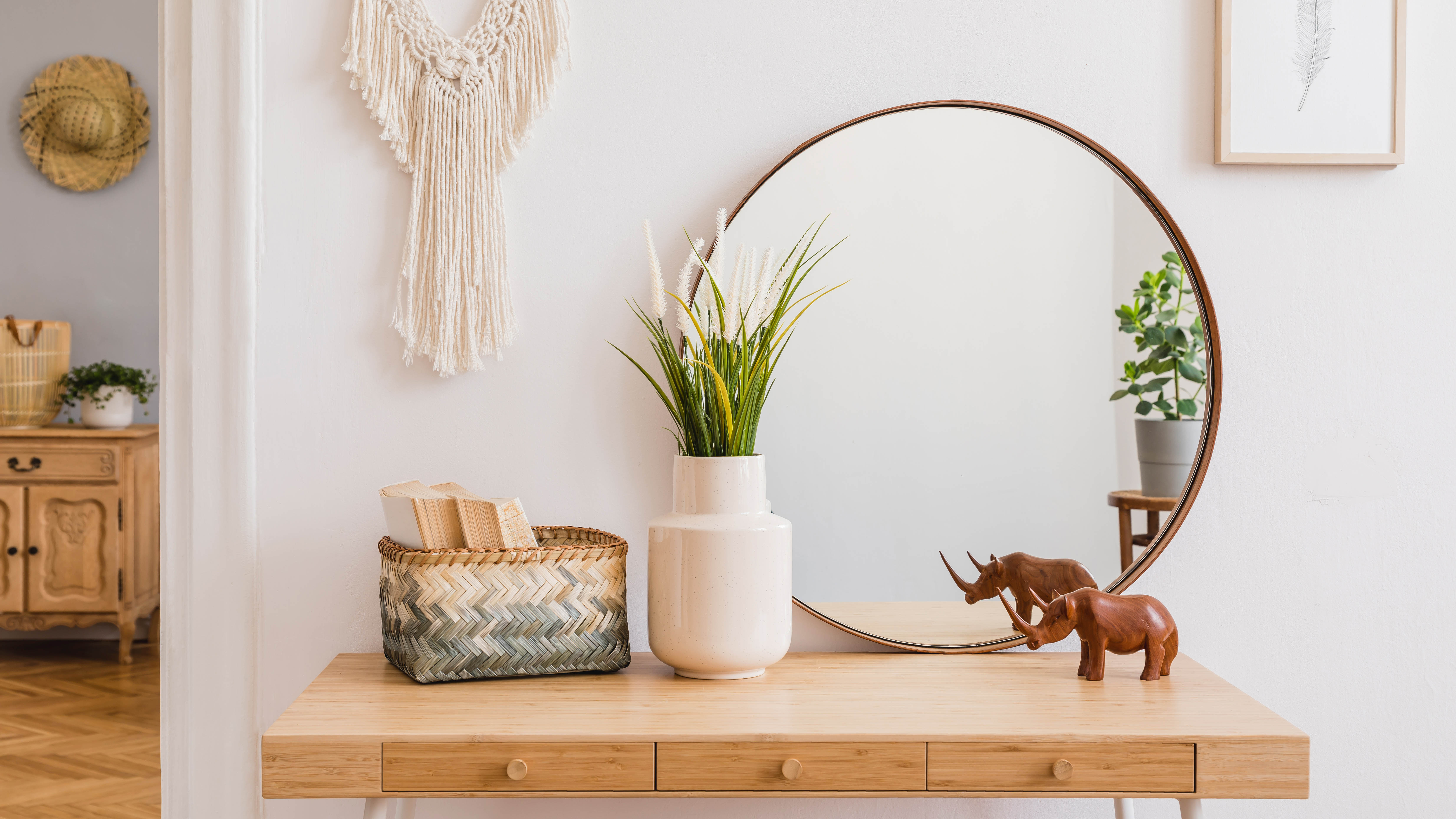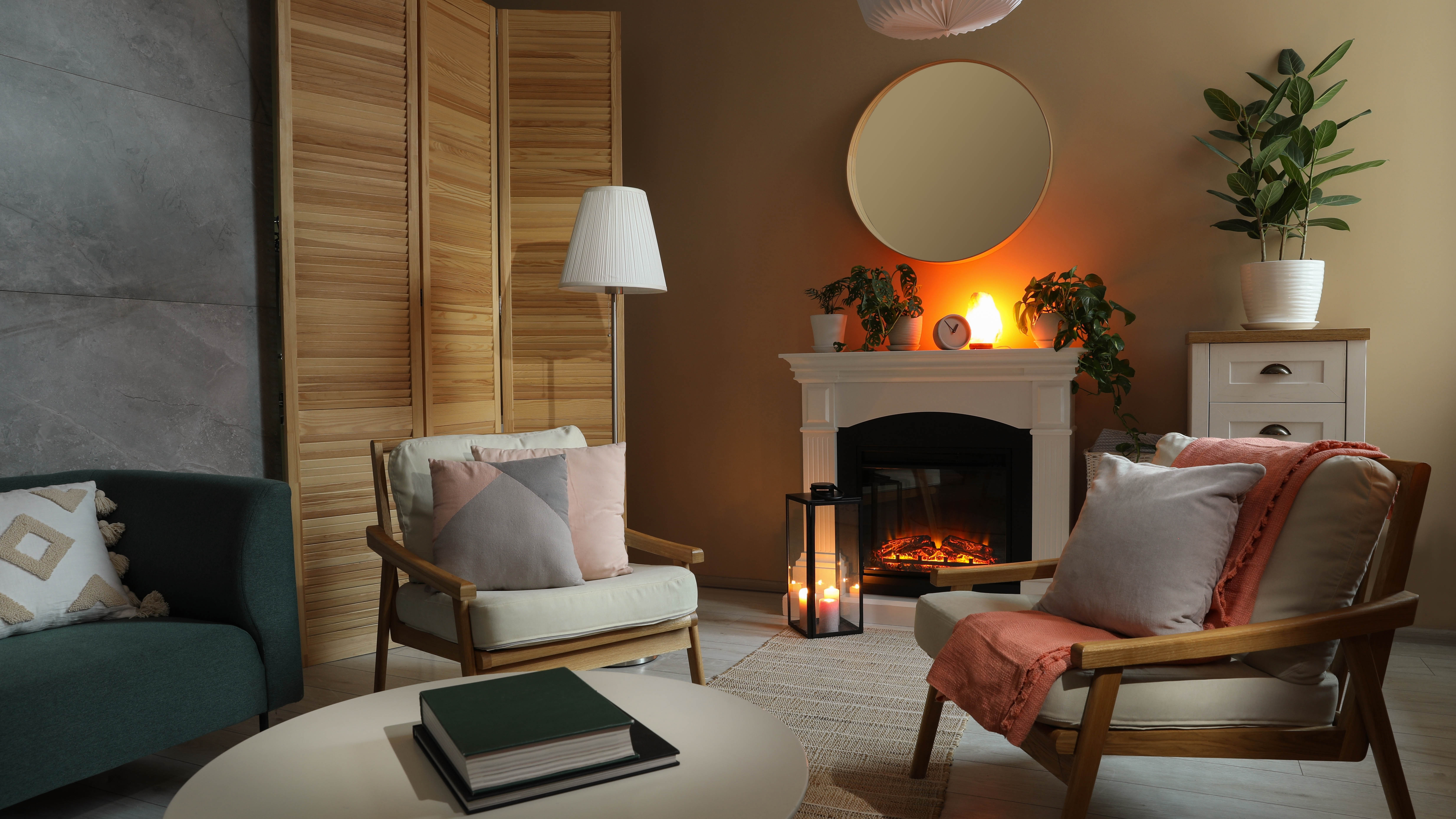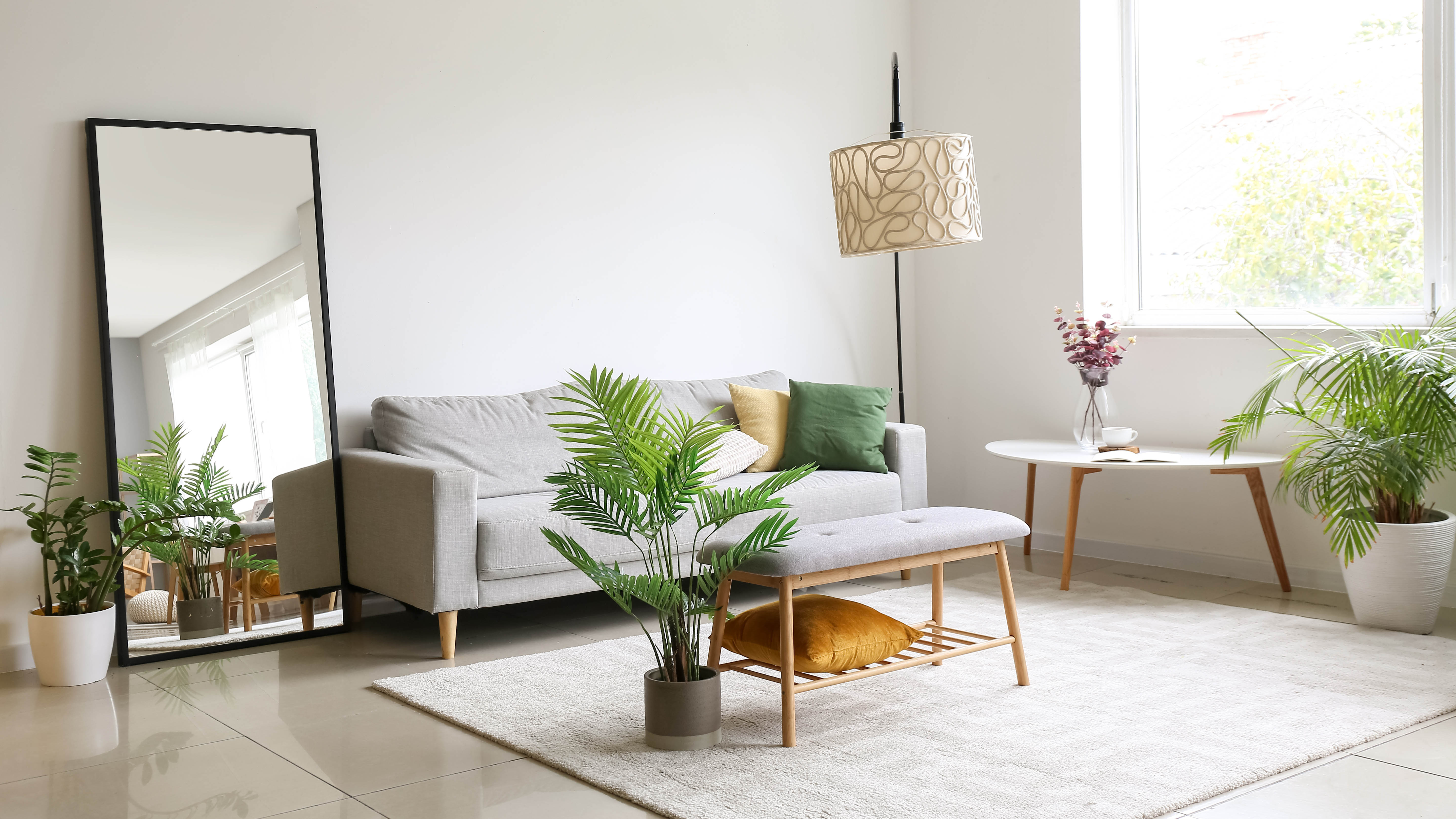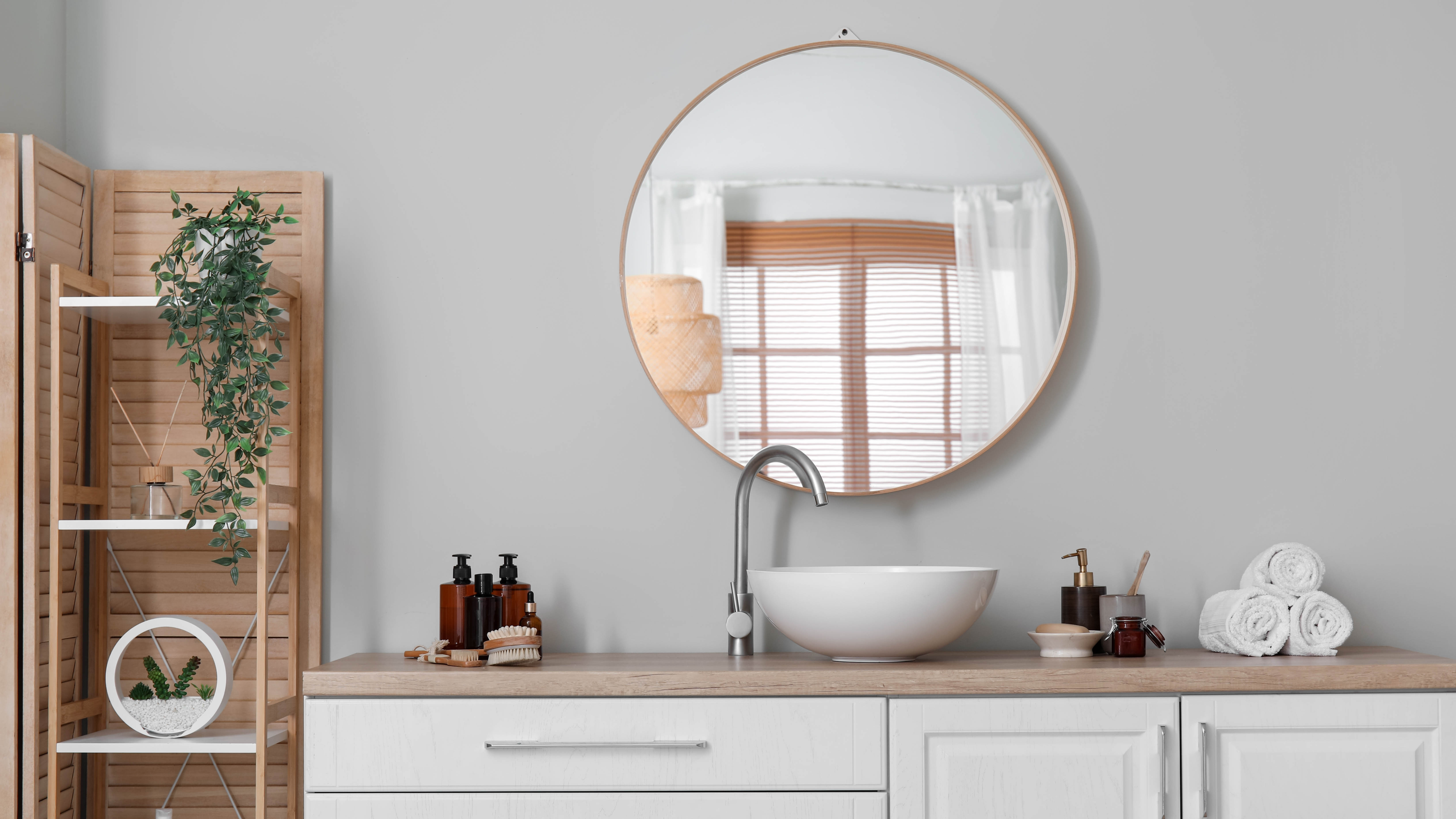7 places to never hang a mirror in your home

Decorating a home can be a fun opportunity to express personal taste, but it can also be a challenge to get right. From color palette to furniture choice to the arrangement of every item, there are a lot of decisions to make. And just as there are many “dos and don’ts” for aesthetic reasons, there are also lots of things to keep in mind in terms of safety and practicality. Your home isn’t a static piece of art, so you want to be sure it is both functional and in line with your taste. Figuring out that balance isn’t always easy, but it’s the key to a home that works in harmony.
One popular decor item that carries some of its own rules is the mirror. Mirrors are not just useful for getting ready and checking your appearance, but play a valuable role in interior design. They are great for reflecting light and brightening up a room, as well as making a small space feel bigger, which is why positioning a mirror in the right place can upgrade the entire experience.
But the wrong place can create constant disruption to daily life. Instead of reflecting warm light, they might be blinding guests; instead of opening up a space, they can force someone into an unpleasant reflection they weren’t expecting. And that’s not to mention the safety concerns of a poorly mounted large mirror. To help guide you in your decorating, here are seven places that you shouldn’t hang a mirror.
Be sure to also check out 7 clever ways to decorate with mirrors in your home.
1. Above the bed

Safety comes first — especially before aesthetics — which is why the first place to never hang a mirror is above the bed. While a large mirror may look great in your bedroom center stage above the bed, it does pose a big safety risk. Mirrors are heavy, especially if they are framed and large in size, which means that they would cause significant injury if they were to fall on you during the night. Even a well-installed mirror could be a hazard and it only takes one knock to cause an accident. Why take the risk?
This is particularly important if you live in an area that experiences earthquakes, hurricanes or other natural disasters. These phenomena can dislodge the mirror from the wall, even if securely placed, and create significant destruction. Should the mirror break when the bed is unoccupied, there is still the risk of broken mirror shards being caught in the bedding and leading to future injury. The safest choice is just to avoid this placement altogether.
2. Opposite the front door

Another area of potential damage is the wall opposite the front door to the home – and potentially opposite the back door, if your home has one. Many people like to place a mirror in a hallway, as these areas tend to be narrow and a mirror can therefore create the illusion of more space.
Get instant access to breaking news, the hottest reviews, great deals and helpful tips.
While this is fine and even recommended to do elsewhere in the home, it’s best to avoid the front hall and the wall that faces the door. This is because the open door may be vulnerable to sudden gusts of wind that can knock a mirror down and break it. Even if you don’t believe that a broken mirror leads to seven years of bad luck, this is still an undesirable fate for your decor!
Similarly, a back door that opens up to the elements is at similar risk of gusts of wind. In these cases, you are better off placing the mirror on one of the adjacent walls as this will still achieve the effect of expanding the space, but with a much smaller risk of being knocked down. This also avoids guests having to be confronted with a sudden reflection of themselves, which can be a bit jarring to someone just entering the home.
3. Above a tall fireplace

A large ornate mirror above a fireplace seems like a classic design choice and it can definitely be a great idea — if the height of your fireplace mantel leaves enough space between itself and the ceiling. This is because a mirror is used to reflect its surroundings and open up the space, but it can’t do that if it’s placed too high up on a wall. Mirrors that are positioned above a tall fireplace and just below the ceiling will end up mostly just reflecting images of the ceiling, which is not particularly appealing to look at.
If the fireplace is tall but also in a room with very high ceilings, you may be able to make this work visually as the mirror won’t look so cramped in the space. However, ideally this mirror would still be close to eye level; if you are looking up into the mirror, you are going to be shown reflections of the ceiling and the tops of the walls, no matter how much space there is between the mirror and the ceiling.
4. Opposite a window that lets in very bright light

Mirrors can be very useful in rooms that are naturally low on light, as they help reflect and spread what light there is around the room. A good tip if you want to learn how to brighten a dark room. This reflection can be undesirable, however, if the light that is coming in is particularly bright or direct. For instance, if a mirror is placed on a wall that is struck by the rising sun every morning, this could end up reflecting very direct sunlight into the eyes of people in the room. By moving the mirror to another wall, it will still reflect light into the space but it will be a softer, indirect light.
Of course, there are exceptions. Consider what the room is used for and when it gets the most use; if you mostly use the dining room in the evening, then perhaps it doesn’t matter if the morning light comes through and hits the mirror straight on. And remember, this also applies to any exposed lighting sources you may have in the room. These reflections can be equally as disruptive to human eyes, if the bulb is bright. However, in those cases you might choose to move the light source, instead of the mirror.
5. Opposite a shower or behind a toilet

Bathrooms are one of the most useful places to hang a mirror. Not only do they enlarge the sense of space (and bathrooms tend to be smaller than other rooms), but they also provide a useful reflective surface in which to perform beauty and skincare routines. Still, be careful of what else may get reflected in the mirror — the bathroom is also an intimate space that sees a lot of nudity. People who use a toilet standing up may not appreciate facing directly into a mirror hung above the toilet, especially if they’re a guest in the home. For similar reasons, people may not enjoy being confronted with their reflection every time they step out of the shower or bathtub.
In some cases, the size and placement of the mirror may alleviate any modesty concerns while still optimizing for brightness. However, a general rule is to place the mirror above the sink, where it can be most practically used and also provide greater privacy to occupants. This is particularly important to keep in mind when decorating a guest bathroom or the bathroom most likely to be used by guests.
6. At seated eye-level in a dining room

Lots of interior design rules are a matter of personal taste, so you don’t need to uphold them if you don’t agree. Others are a matter of etiquette and therefore worth a little consideration. This is one such rule: don’t hang a mirror at eye level in the dining room. This is a minor faux pas, but one worth heeding as many people simply do not like to watch themselves — or others — eating. Hopefully, during a dinner party, the guests are too busy enjoying themselves to focus on their reflections, but it can prove both an unnecessary and unpleasant distraction.
Instead, consider placing the mirror above the head of the table, where it’s less likely to catch people’s reflections, or behind a bar or other display where the reflection might be partially blocked. This will still allow for light and ambience, without providing a detailed depiction of everyone’s chewing.
7. The ceiling

This might seem obvious, but don’t hang the mirror on the ceiling! For one, it’s a safety hazard. Just as you wouldn’t want a mirror right above your head while you sleep, you shouldn’t have one suspended above your head throughout the day. Should anything go wrong, this could cause severe injury and make a huge mess.
Secondly, hanging a mirror on the ceiling is an inefficient way to reflect light and create an illusion of more space. By reflecting the room below, the mirror is more likely to make people feel dizzy when they look up than make the room feel bigger, as it will only increase the vertical space. Lastly, it can create a bit of a privacy concern, depending on which room you hang it in. This particular style of decor should remain in the 1980s.
More from Tom's Guide

Despite making her home in urban metropolises, Madeleine Streets has been nurturing a green thumb for decades.
Raised by a garden designer, she is putting that childhood education to use by helping others learn how to make their garden bloom, while filling her own New York home with cat-friendly plants.
When not writing about gardening and the outdoors, Madeleine loves to cook, study wine and borrow books from her local library.
